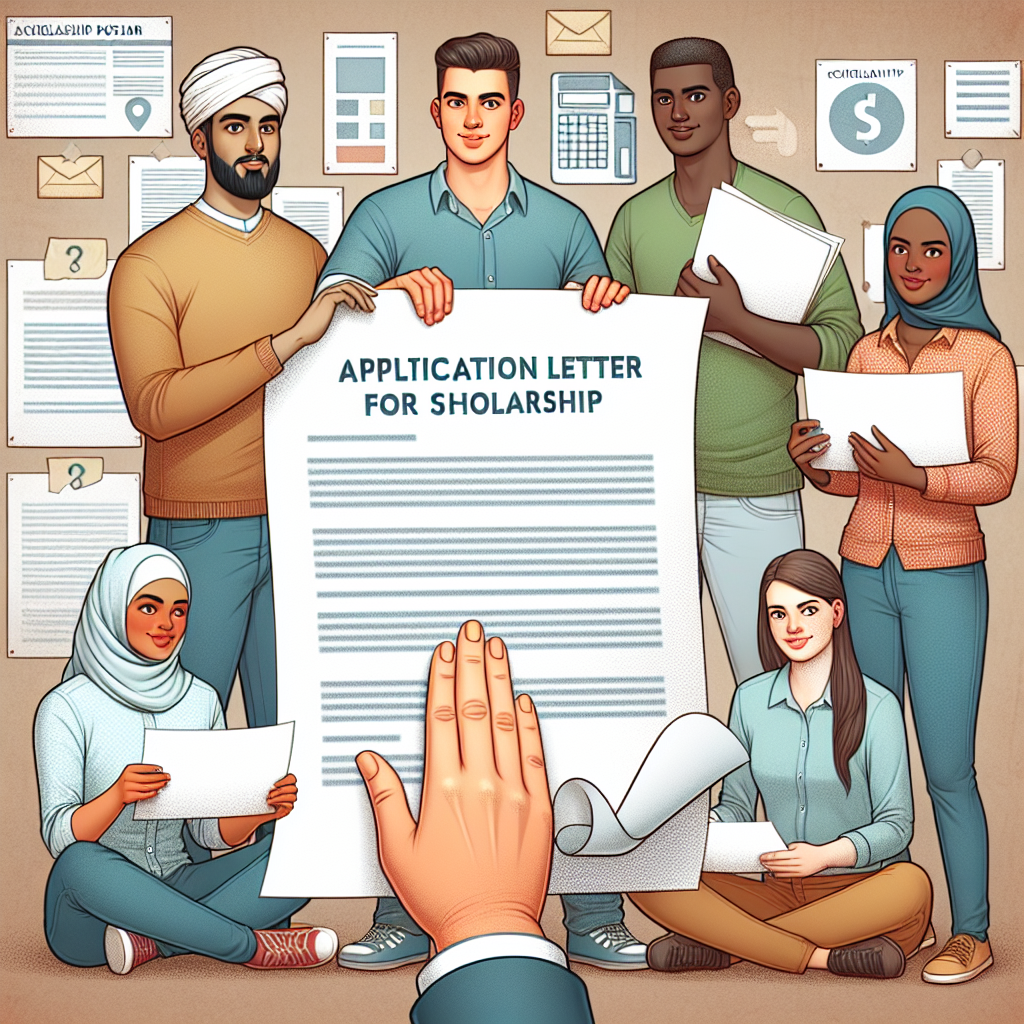Writing a persuasive scholarship letter can feel intimidating, but a clear structure and confident voice make a big difference. Example of Application Letter For Scholarship: Apply With Confidence. This guide breaks down what to include, how to personalize your message, and practical examples to help you present your achievements and need for financial support with clarity and professionalism.
Why a strong scholarship application letter matters
A well-crafted letter complements your application materials by highlighting motivations, demonstrating fit, and humanizing your request for aid. Committees often review scores, transcripts, and essays quickly; your application letter is the concise, personal appeal that can tip the balance in your favor. It should explain your goals, outline relevant achievements, and clarify how the scholarship will change your academic or career trajectory.
Sample application letter approach to apply confidently
Start with a polite greeting, state the scholarship you are applying for, and introduce yourself in one or two sentences. Follow with three short paragraphs: one that summarizes your academic and extracurricular strengths, one that explains financial need or special circumstances, and one that connects your future plans to the goals of the scholarship provider.
Key elements to include
- Clear purpose: Name the scholarship and your intent immediately.
- Relevant achievements: Include awards, leadership roles, projects, or research.
- Personal story: Briefly describe what motivates you and how the scholarship will help.
- Specific goals: Explain how the funds will enable degree completion, internships, or community impact.
- Professional closing: Thank the committee, provide contact information, and offer to supply additional materials.
Tailor your letter to your field and the donor
Donors appreciate applicants who align with their mission. If you are an arts student, for example, mention relevant exhibitions, community arts involvement, or portfolio highlights. For guidance specific to creative disciplines, consider looking into resources focused on support for artists, such as scholarships for art students, which collects targeted opportunities and tips for applicants.
Practical writing tips
Keep the tone professional but warm. Use active verbs and concrete examples rather than vague generalities. Proofread carefully for grammar, spelling, and formatting consistency. If possible, have a teacher or mentor review your letter and suggest edits. Aim for one page in length unless the application specifies otherwise.
How to present financial need and impact
When explaining financial need, be honest and concise. You don’t need to disclose every detail, but describe relevant circumstances—family income constraints, medical expenses, or gaps in funding—that affect your ability to pay for tuition and related costs. Pair need with vision: state what you will accomplish with the scholarship, such as completing your degree, participating in an unpaid internship, or launching a community project.
For general context about different forms of undergraduate and graduate support, the federal overview of types of financial aid can help you understand scholarships relative to grants, loans, and work-study options.
Common mistakes to avoid
- Being too vague about achievements or goals.
- Submitting a generic letter without tailoring it to the scholarship’s priorities.
- Failing to proofread or using an unprofessional email address.
Closing and next steps
End your letter with a brief, courteous closing that restates your appreciation and openness to provide additional documentation. Attach or reference your resume, transcript, portfolio, or letters of recommendation if requested. Track deadlines carefully and submit materials well before the cutoff to avoid technical issues.
Short checklist
- Have I named the scholarship and stated why I qualify?
- Does my letter tie personal experience to future goals?
- Is the tone professional and the length appropriate?
FAQ
Q: How long should an application letter be?
A: Aim for one page—about 300–400 words—unless the application specifies a different length. Conciseness and clarity are valued.
Q: Should I mention financial hardship?
A: Yes, if it’s relevant. Briefly explain the circumstances and focus on how the scholarship will enable your academic progress and contributions.
Q: Can I reuse the same letter for multiple scholarships?
A: You can reuse a core version but customize each letter’s opening, examples, and connection to the donor’s mission to avoid appearing generic.



